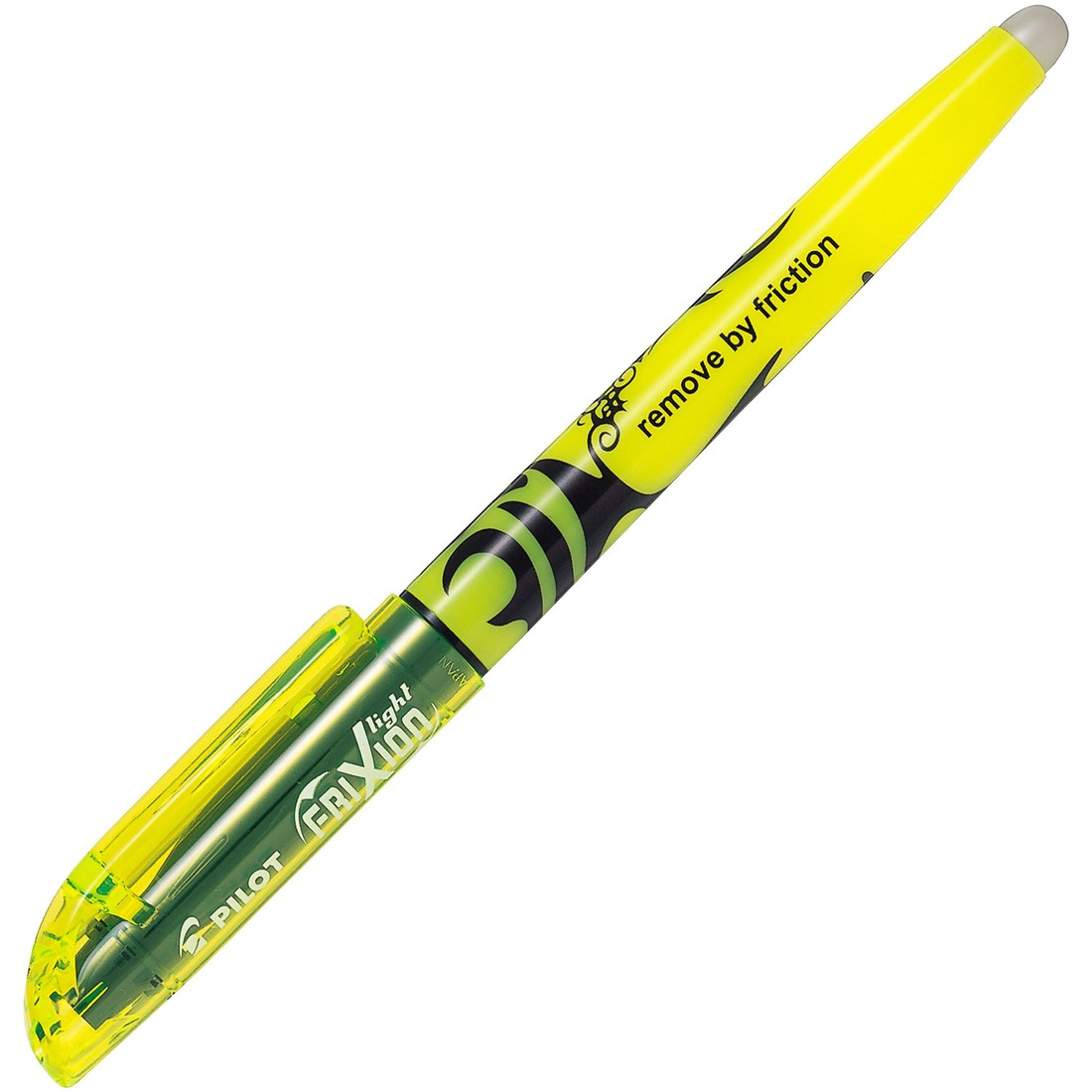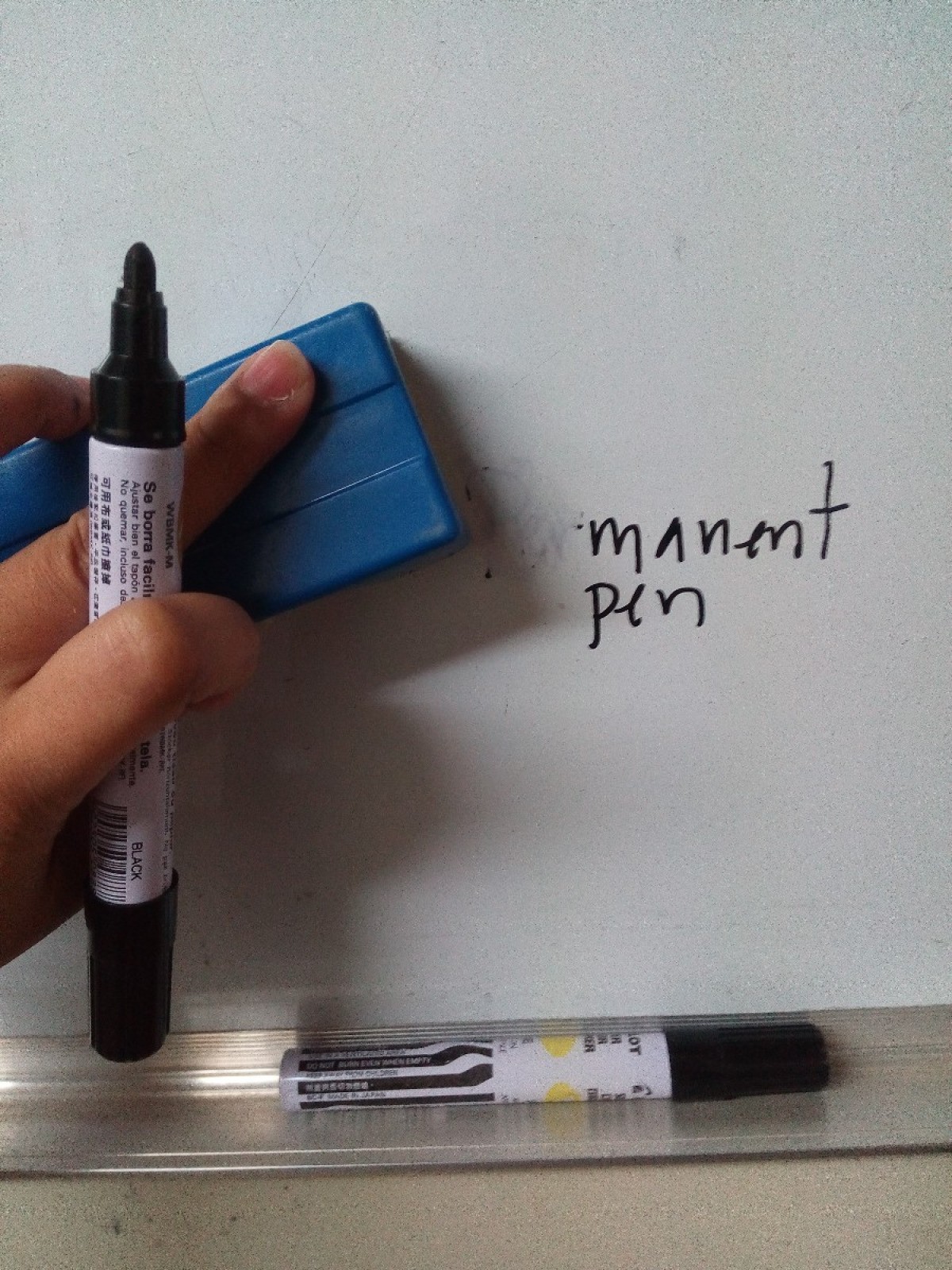

- PERMANENT ERASER DOES NOT WORK CATALINA UPDATE
- PERMANENT ERASER DOES NOT WORK CATALINA SOFTWARE
- PERMANENT ERASER DOES NOT WORK CATALINA PASSWORD
- PERMANENT ERASER DOES NOT WORK CATALINA DOWNLOAD
If you use a traditional hard drive with OS X 10.11, and are comfortable with the command line, you can use the Mac's srm command to overwrite the file. The Secure Empty Trash feature was removed in OS X 10.11 because Apple felt that it could not guarantee secure deletion on the fast flash (SSD) drives that most of its modern models now use. On OS X 10.4 to 10.10, you can securely delete files by moving them to the Trash and then selecting Finder > Secure Empty Trash.
PERMANENT ERASER DOES NOT WORK CATALINA SOFTWARE
Your operating system probably already has software that can do this for you-software that can overwrite all of the “empty” space on your disk with gibberish and thereby protect the confidentiality of deleted data. This makes it difficult to retrieve what used to be written there.

So, what’s the best way to delete a file forever? Ensure it gets overwritten immediately. And with a little work and the right tools (such as “undelete” software or forensic methods), that “deleted” file can be retrieved. Until this happens, that “deleted” file is still on your disk it’s just invisible to normal operations. Therefore, it may be weeks, months, or even years before that file is overwritten. (You can read more about why this causes problems for secure deletion here.) If you’re using an SSD or a USB flash drive, you can jump to the section below.ĭid you know that when you move a file on your computer into your computer's trash folder and empty the trash, the file is not completely erased? Computers normally don't “delete” files when you move a file to the trash, your computer just makes the file invisible and allows the space it took up to be overwritten by something else sometime in the future. Secure deletion on SSDs, USB flash drives, and SD cards is very hard! This is because these types of drives use a technique called wear leveling and do not provide low-level access to the bits as stored on the drive.

These instructions apply only to traditional disk drives, and not to Solid State Drives (SSDs), which are standard in modern computers, USB keys/USB thumb drives, or SD cards/flash memory cards. The instructions below should only be used for securely deleting data from spinning drives. More information is available on encrypting with FileVault 2.
PERMANENT ERASER DOES NOT WORK CATALINA PASSWORD
If you encrypt your entire drive, you don’t have to worry much about doing secure deletion since the master encryption key is protected with a password that you control, and that you can change or erase to make data on the drive irretrievable. We highly recommend you take this step to protect your data.
PERMANENT ERASER DOES NOT WORK CATALINA UPDATE
There are some steps to remove the update badge, and I don't know it it is a permanent fix.Note: Modern versions of macOS will prompt you to use FileVault 2 to encrypt your entire drive. So, you will continue to see that little red notification badge. And, because you have a Mac that supports Big Sur, Apple would still like you to try it out. It's 12 GB, so it would take a while for the download.
PERMANENT ERASER DOES NOT WORK CATALINA DOWNLOAD
You can still download the new system any time you decide that you need it. button, and uncheck the box "Download new updates when available". Open System Preferences, then Software Update. You can prevent the system from automatically downloading that big update again: You will have to allow that with your admin password.Įmpty the trash, so it does not take up space. Should be easy to find.ĭrag that app to the trash. You will see that in your Applications folder. It should be named "Install macOS Big Sur", and is more than 12 GB in size. The update would be the Big Sur installer (not a simple update for that).


 0 kommentar(er)
0 kommentar(er)
